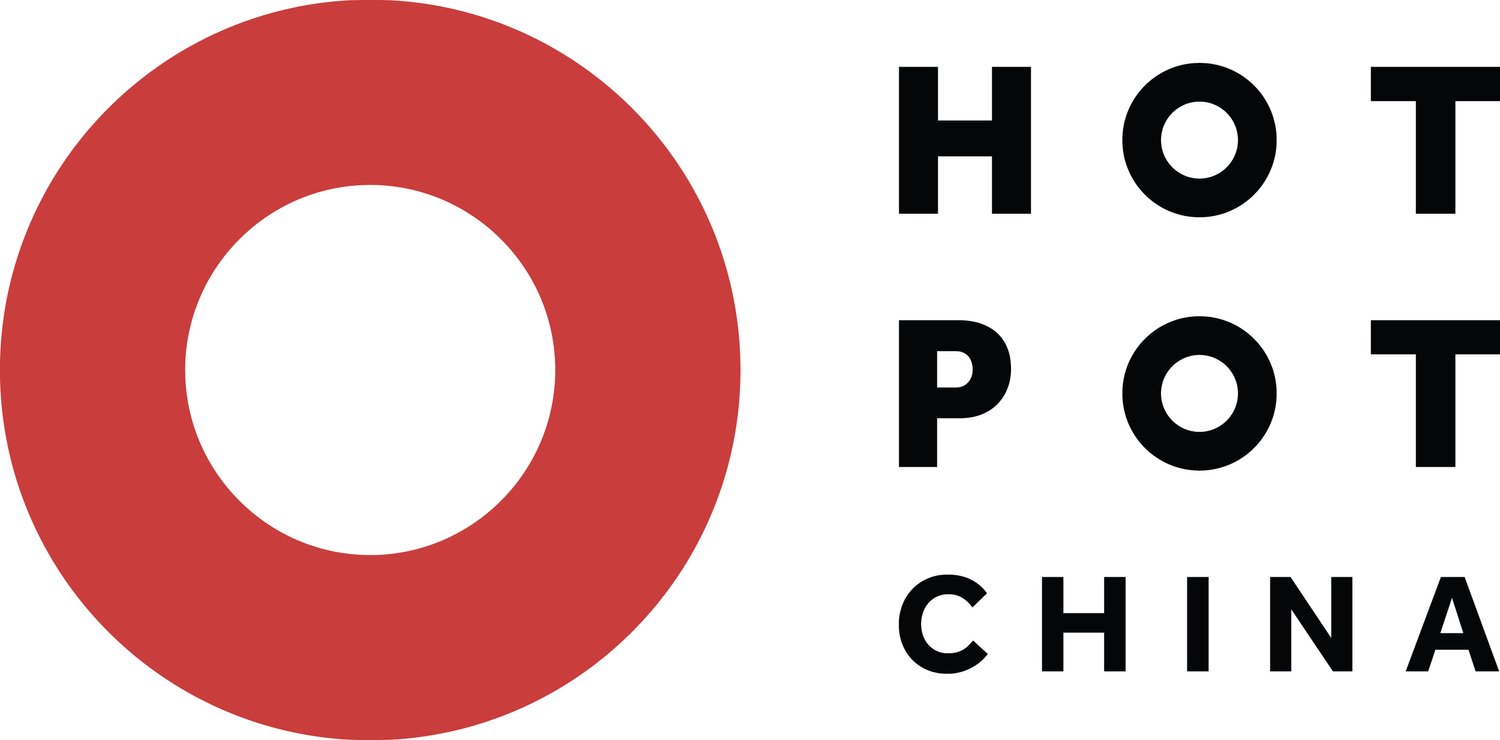The Critical Project Plan for Singles’ Day Success
14 Sept 22 | 5 min read | By Adam Sandzer and Paul Hickey
For most international brands, 11.11 represents the biggest sales opportunity in the annual calendar. How to plan successfully for this crucial day? How far in advance should brands start planning?
The Hot Pot team have put their heads together to map out the project plan for a successful Singles’ Day launch.
What is Double 11?
China’s Double 11 or Singles’ Day is one of the biggest online shopping festivals in the world. Taking place every year on the 11th of November, sales reach dizzying heights - almost 2.5 times those of Black Friday and Cyber Monday. It’s not surprising that the day takes a prime position in brands’ marketing calendars with many relying heavily on the festival to boost annual revenues. Since its inauguration in 2009, Singles’ Day has now stretched well beyond November 11th, with pre-sales starting as early as September. There is mounting pressure on brands to start planning months ahead to ensure strong pre-sale performances. So, how early do brands need to start planning for Double 11? What exactly does the timeline look like?
When does Double 11 Planning Begin?
The truth is, many established brands start planning for Double 11 as soon as the last Singles’ Day has finished. Being such a big driver of revenue, they need to reflect and make sure they understand what they need to achieve next year and forecast from there. Brands then focus on how they can continue to build traction across the year. Ecommerce platforms reward brands who can demonstrate growth over the course of the year, with particular focus on their performance at other key Ecommerce festivals such as Women’s Day in March and 6.18 in June.
Brands start thinking more practically about Double 11 in March, with initial conversations with their Ecommerce partner (TP) to ensure that sales goals are aligned and to strategise the build-up phase. From a marketing perspective, momentum really picks up in April as brands look to secure exposure for 6.18 and potentially build longer-term relationships with media partners and influencers. The period after 6.18 is a critical time for brands to secure these key partnerships as the pool begins to narrow.
When Are Key Preparatory Milestones?
With Singles’ Day pre-sales heat starting in September, many brands see a lull in sales in July and August. These become important months for key brand-focused initiatives which introduce new customers to the brand. Growth of brand awareness helps win over big Ecommerce platforms which ultimately helps to increase your visibility within the platform during the key sales period.
In the immediate phase before Double 11, anticipation starts building as early as 1st September. Brands seek to accelerate performance of certain products and grow their customer base to build momentum and maximise sales potential well in advance. Importantly, products need to have arrived in China by late September to ensure they can be included in the festival.
How Can Brands Win Over Consumers Through Pre-sales?
Official pre-sale begins in late October (around the 25th) with the first major sales wave predicted to start at 8pm on the 31st October and run until around 3rd November that year. This follows JD.com’s shift from its traditional midnight launch to 8pm, during its 618 festival earlier this year. Consumers start adding items to basket around September, preparing their 11.11 wishlist. Brands engage with consumers through OOH advertising during this period, or push campaigns through WeChat. Typically, brands begin posting detailed information about their 11.11 offering at the beginning of the period (mid to late October). However, some brands attempt to secure sales even earlier by incentivising consumers, often through WeChat, to pay a deposit for access to the best deals.
Between 4th and 10th November there are further pre-sales efforts, building to the second and final push on 11th November itself.
How significant is actual Singles’ day?
Whilst the majority of sales momentum is driven prior to the day itself, brands can still boost performance on 11th November. The buzz around live-streaming and unique promotions on the day itself enables brands to drive further revenue on remaining stock. Inventory is vital and brands must pay attention to their fastest selling items in particular as if they are bought when out-of-stock fines can be incurred.
Singles’ Day is just one of China’s shopping festivals, but many brands still depend on it to make up a large portion of their annual revenue. It is important to build momentum throughout the year to generate buzz around your key November offerings.
What Happens After Double 11?
Many brands carrying excess inventory often continue to run promotions in the immediate period after Double 11. Brands have about a week to get rid of their stock before turning their eyes to the next big promotion, which is - perhaps unsurprisingly - Double 12!
December tends to be a time when brands can assess their annual sales performance and consolidate learnings from Singles’ Day, to ramp up efforts for the next year.
Hot Pot’s Take-Out
Double 11 is a marathon and not a sprint. Defining its role and significance in terms of China sales portfolio and budget as early as possible is important. Realistically, to get the most out of the festival, planning should commence 6 months ahead of the day itself. Early preparation can help build momentum around special releases, as well as consolidating your consumer base. It also gives you a good gauge on how much stock might be required.
If you are worried you have missed the boat on Double 11 2022, fear not, there’s still enough time to build a successful campaign through careful planning and effective partner management. Get in touch with a member of the Hot Pot team to learn more.




